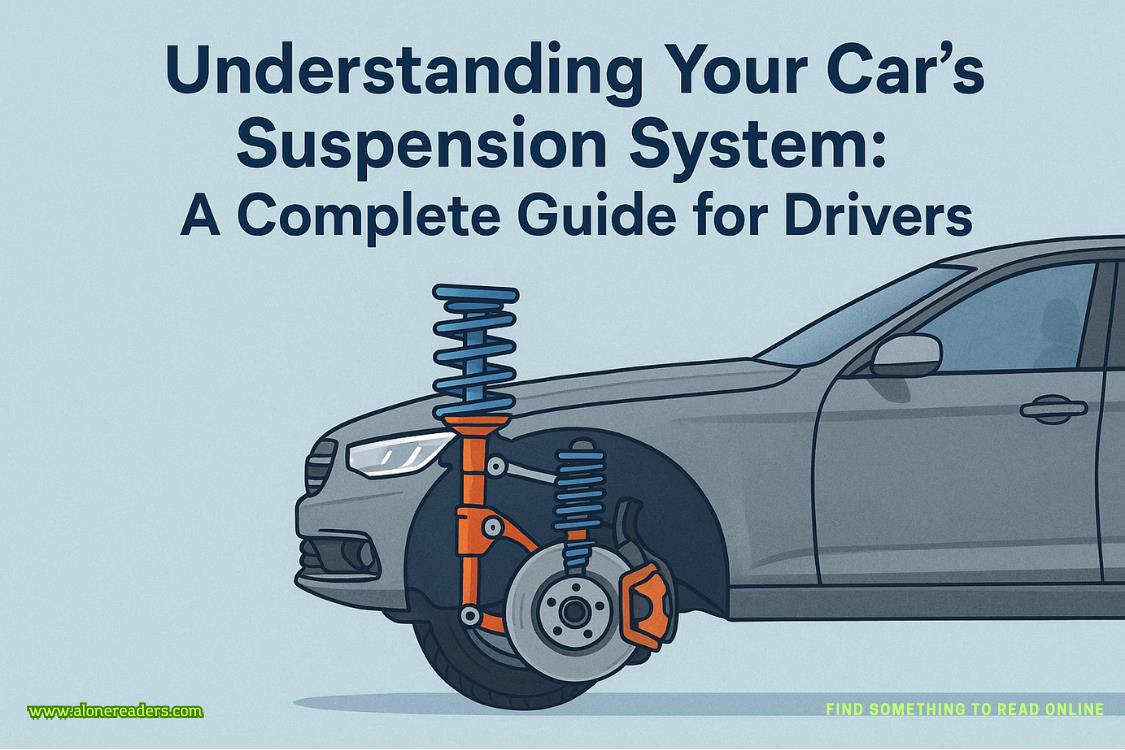Page 21 of The Beast's Heart
The answer is surprisingly simple: “I’m proving that if you give children the tools to thrive, they will.”
LOCHY GOALS
The American foster system is beleaguered by a number of systemic issues that the De Villeneuve foundation seeks to address at a grassroots level. Up until now, much of their work has been in the background, funding local organizations fighting to protect the rights of children and families.
“It’s impossible to ignore the role that poverty plays in the separation of families. A mother working two jobs to support her children shouldn’t lose access to them simply because she’s struggling to make ends meet. Funding in the right place at the right time, along with community initiatives like childcare and food parcels, can help ensure those children never enter the system in the first place.”
But sometimes there is no alternative. “The foster system exists to protect children who have no one else to look out for them. And currently, it does a shameful job of it.”
According to statistics from the Chapin Hall Center for Children, one in five children who age out of foster care end uphomeless and one in four end up involved in the criminal justice system within two years.
“When wealthy people decide to have children, they either go the biological route or they adopt. The adoption industry makes a tidy profit annually, meanwhile, there are half a million kids out there, stuck in a system that’s bursting at the seams. Most of those kids don’t need a permanent home. They need a temporary safe space to sleep where they’re given the resources they need to work through their trauma and are helped along in other areas of their lives, such as their education. While there are many excellent foster homes out there, there are many who see fostering as an easy paycheck and the children placed in such homes often leave in a worse state than when they were taken into care. This is why it’s so important to encourage those who have the funds and who truly care about children to get involved.”
As De Villeneuve talks, there’s a fire behind his eyes and it’s easy to get swept up in his passion.
“This is why I’ve chosen to become a foster parent, and I hope to encourage my peers to do the same.”
Which brings us to the Scottish estate. De Villeneuve, who has lodgings in both New York and London, selected the estate for his fosters as he believes it offers a space for them to thrive.
“With the pandemic, it turned out to be an even more appropriate choice. As you know, we’ve turned it into a Covid bubble,” he says.
A “bubble” has become a common term for a closed community of people who avoid outside contact to reduce the risks of infection with Covid-19. De Villeneuve explains that, in addition to himself and the children, their bubble is made up of a housekeeper, groundskeeper, private chef, nanny and teacher who will see to the children, along with a couple of staff who will assist with the remote running of the foundation.
As for the children’s meetings with their social worker and any additional emotional or legal care, these will be conducted via video, much like our interview.
“The children will be fully supported here, in a beautiful, safe and comfortable environment,” De Villeneuve says. “During their time here, they will receive a strong foundation that will enable them to find success later in life.”
GUESTS OF HONOR
In normal circumstances, foster families don’t get to choose which children are placed with them. However, in De Villeneuve’s case, there were a few more factors at play. Firstly, the children he fostered would not be able to see their parents. This meant that he could not foster children whose parents had visitation rights. Secondly, children with pending court cases, who could not leave the country, were ruled out.
We spoke to Lara Velez, the social worker De Villeneuve worked with to place the children.
“Our first consideration is always the best interests for the child. While this is an exciting opportunity for them, we didn’t want to risk doing more harm than good. While I cannot reveal names or other identifying characteristics, I can tell you that two of the children were removed from a crowded group home. One came from a dissolved adoption [when children are returned to foster care after being adopted - ed], and one is an orphan who had yet to be placed after the passing of his last remaining relative. We felt that all four, for varying reasons, would thrive in De Villeneuve’s care.”
It’s safe to say that every child who enters the foster system brings with them some form of trauma. According to the US Department of Health and Human Services, neglect is mostcommon (75%), followed by physical abuse (17%). As a result, these children often have heightened mental health needs and we can’t help but wonder if De Villeneuve is equipped to meet these needs, especially in a place that is so isolated.
“From where I’m sitting, when you have kids with no belongings and no one to love them, money is certainly the best chance they have at happiness,” Velez says. “Maybe not permanently, maybe it won’t fix all that’s happened in their lives, but hell if they don’t deserve to live in a nice mansion for a while, right?”
The children have been placed with De Villeneuve for six months—the length of a Standard Visitor Visa. After which time, they will need to return to the States. What happens then? De Villeneuve was unclear.
“At the moment, I’m just glad to have them here. We’ll take each day as it comes. I’m hoping that whatever’s next for them, this will be an experience that they can look back on fondly, and that we may encourage others who have the resources to take the leap that I have, to make a big difference, even if it’s on a small scale.”
10
JONATHAN
My first week of teaching is more challenging than I ever could have imagined.
Everything I learned in uni goes out the window and the harder I try, the more I feel like I’m making everything worse. I introduce a reward system to try to inspire a bit of friendly competition, but Ben completely crumbles when it looks like he’s going to come last and he won’t stop crying no matter what I do.
The age differences are an issue too. Enrique frequently disrupts class, through no fault of his own, and distracts Alisha in particular. When I ask Lily-Iris to take him away for half a day and play with him, his separation anxiety kicks in and we can hear the screaming all the way down the hall. I ask Alisha to stay after class one day and I try to convince her that she’s under no obligation to play mom. She tells me, in no uncertain terms, that the bond she has with Enrique is for life and she’s not going to let him form attachments to people who are just going to abandon him again. There is no reassurance I can offer. No matter how well we all do, this assignment is temporary.
Then there’s Mal. Mal is prone to violent outbursts. Mostly, he throws things in frustration or bangs his head against hisdesk. Once, he hits Ben on the shoulder and I have to send him out into the hall while trying, in vain, to console the younger boy. Afterwards, Mal becomes hysterical begging me not to tell The Beast. He’s convinced he’d be sent away or hurt.
But he needn’t have worried. We don’t see Adam at all. I’d think he’d gone back to New York if it weren’t for Geoff and Meredith mentioning him at meal times when talking about their foundation work.
On Saturday, I leave the children with Lily-Iris and trek along the forest path, up the hill behind the house on a quest for signal.















